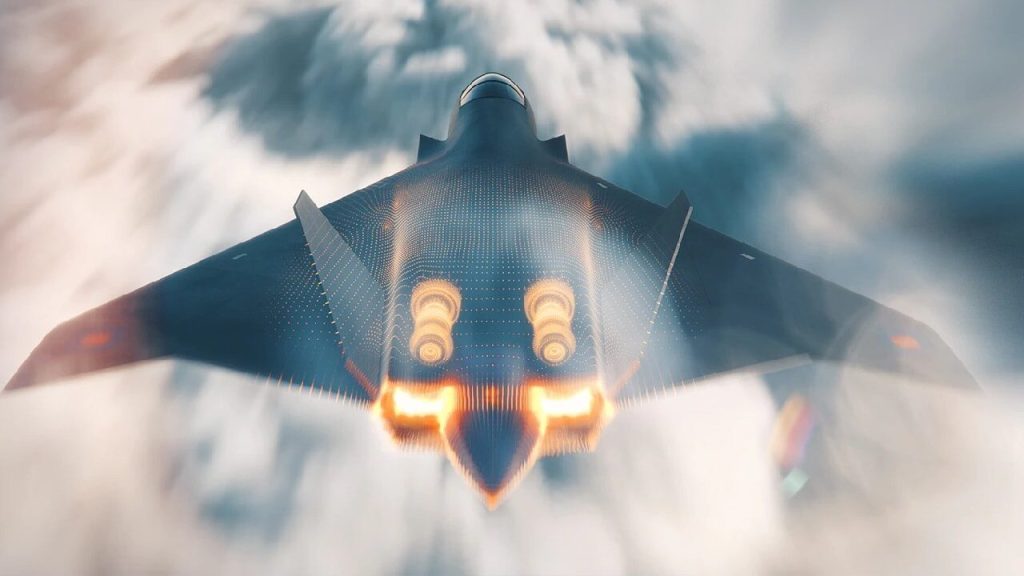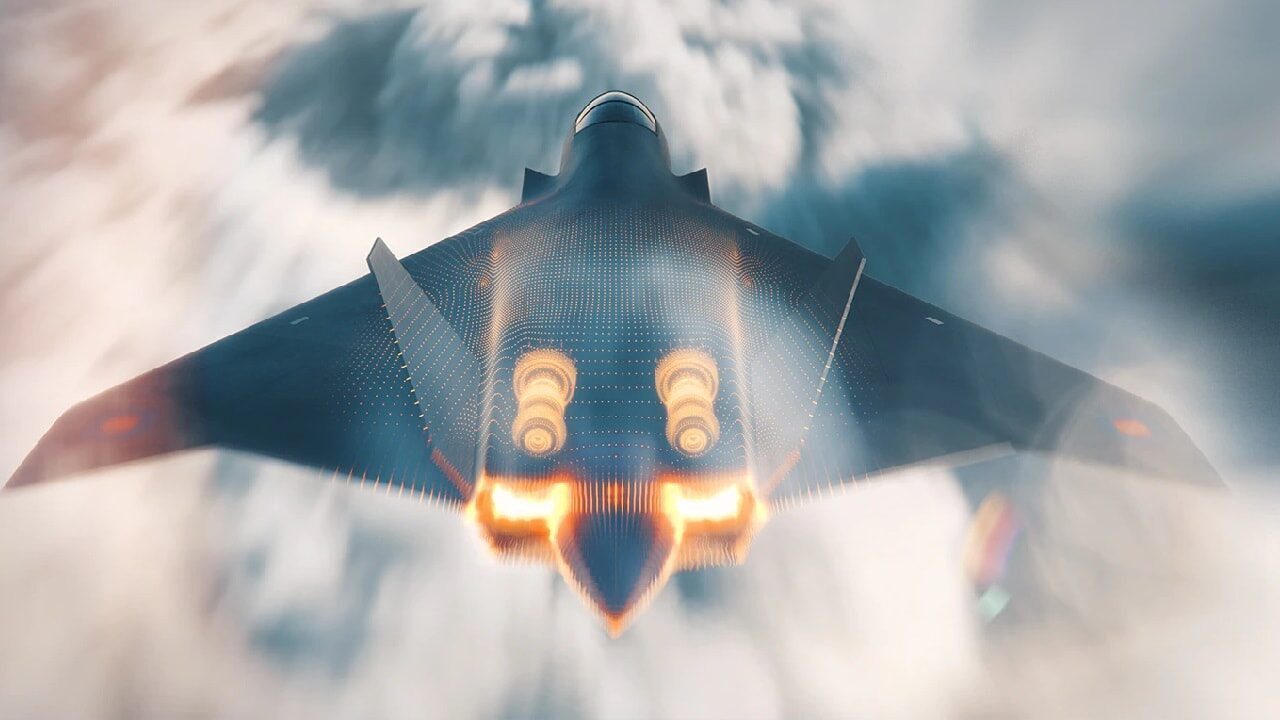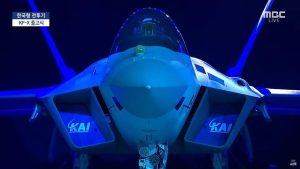
“After months of rumours, Japan last week confirmed that it will participate in the British-Italian sixth-generation fighter programme, giving the British-led Team Tempest an official new partner. Not exactly a life-changing revelation, that one.
Tokyo joining the global collaboration and combining its F-X fighter programme with Tempest, formerly known as the Future Combat Air System, has been rumoured for months (FCAS).
However, it was further revealed that this British-Italian-Japanese initiative would carry the title Global Combat Air Programme, perhaps because of a misunderstanding with the Franco-German-Spanish programme, also known as FCAS (GCAP). Additionally, it emphasises the tight ties between the countries governments, militaries, and industries and strengthens the UK’s worldwide commitment to future air combat.
The initiative will build on the critical developments made in the UK by BAE Systems, UK, MBDA UK, Leonardo, Rolls-Royce, and the UK Ministry of Defence, who have been conjoining since 2018 under the name Team Tempest to investigate, assess, and create a variety of next-generation future combat air systems capabilities.
UK Prime Minister Rishi Sunak said, “The security of the United Kingdom, both now and for future generations, will always be vital to this administration.” Because of this, we must continue to be on the leading edge of defence technology developments to outwit and outmanoeuvre those who would attack us.
Tokyo will continue to collaborate with the US on other military endeavours, but it has been noted that Japan is fully committing to the UK.
This partnership demonstrates the leading countries’ commitment to creating sixth-generation aircraft. That is a substantial departure from Japan’s previous dependence on US aircraft. It is a significant victory for the GCAP programme that the UK and Italy were chosen over the US, according to William Davies, an aerospace expert at the global analytics company Global Data, in an email.
According to Davies, the Next Generation Air Dominance (NGAD) programme in the United States and the European FCAS programme will have a commercial competitor thanks the GCAP. Because many countries might use it, the cost will be shared, but participating countries will have to make difficult choices about their military budget.
Japan’s growing industrial capability might give the programme a considerable boost, but it could also raise the available funding.
According to Davies, given the total programme expenses of next-generation aircraft, more money is required. The overall anticipated cost for NGAD research and development from 2023 to 2027 is $11.7 billion, according to a request from the US Air Force. The Tempest and FCAS initiatives, projected to cost $2.38 billion through 2025 (Tempest) and $103.4 billion for overall development (FCAS), also reflect these high expenses.
Davies did, however, add that he didn’t think Japan would be the last nation to join the GCAP programme since the more partners the programme gathers, the more cost-saving measures it would implement. Sweden had been considering participating in the programme, but Saab’s president and CEO, Micael Johansson, said in August that Stockholm’s involvement was on hold.
Sweden might yet alter the direction and join the endeavour, much as Spain did with the Franco-German FCAS, given the costs and potential market.
According to Davies, “the (GCAP) initiative will enable partner nations to make design decisions to fit particular requirements, as well as generate employment and business possibilities in their countries. “The programme will also entail equal cooperation with local businesses, including Mitsubishi Heavy Industries in Japan, Leonardo in Italy, and BAE Systems in the UK. Instead of the purely European relationships created under the previous Tempest initiative, this will support home companies and provide worldwide collaborations.





